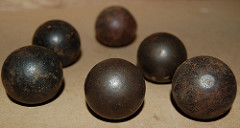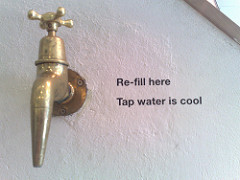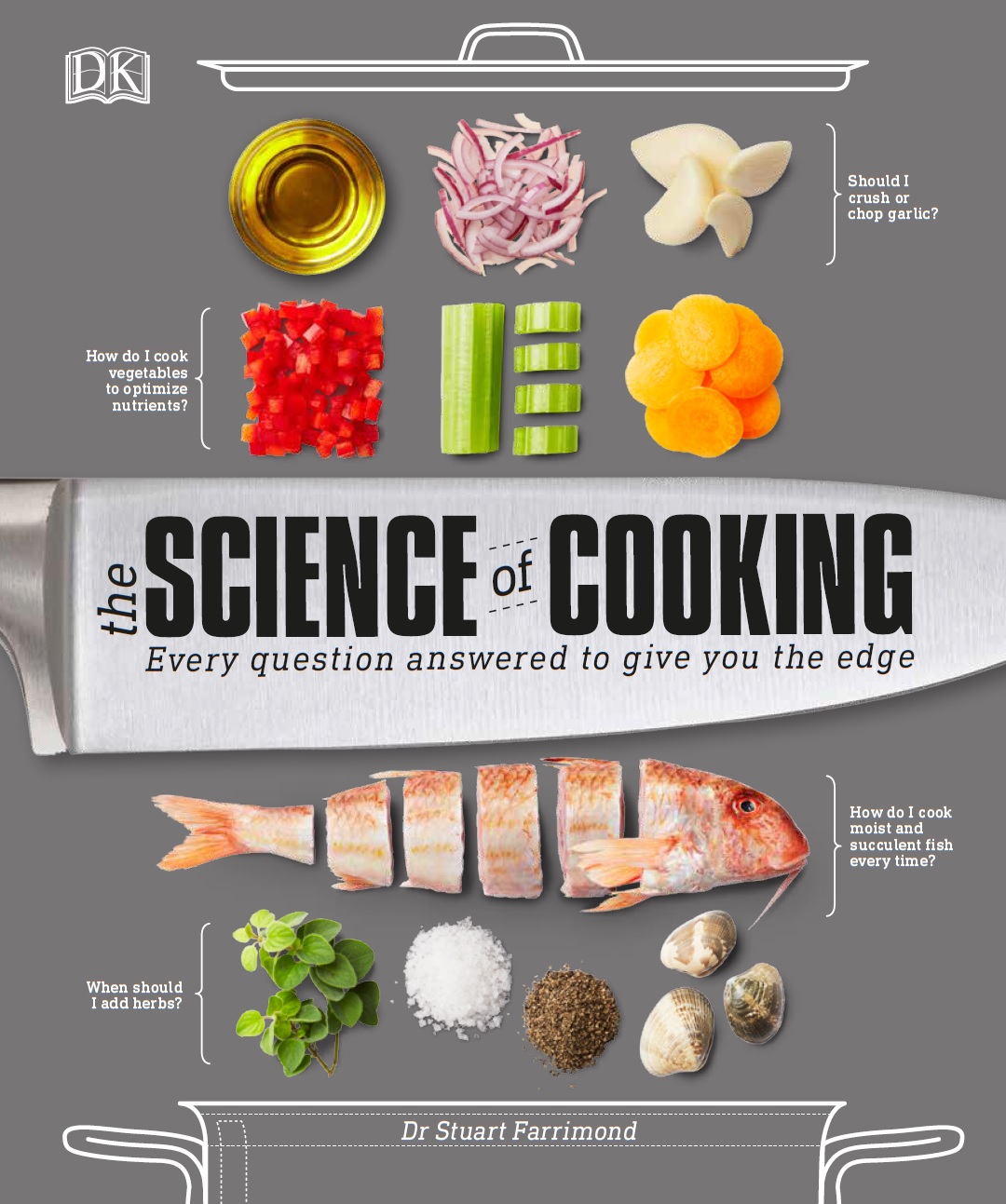 It’s every gardener’s nightmare. Digging deep into the earth, you strike something hard and, with a metallic thud, a geyser of water fountains up into your face. One of our neighbours recently experienced such a shovelling disaster while erecting a new fence when an old lead pipe supplying her mains water was punctured by a misplaced spade.
It’s every gardener’s nightmare. Digging deep into the earth, you strike something hard and, with a metallic thud, a geyser of water fountains up into your face. One of our neighbours recently experienced such a shovelling disaster while erecting a new fence when an old lead pipe supplying her mains water was punctured by a misplaced spade.
An emergency repair job soon restored her drinking water supply and her unwanted new water feature suddenly vanished. But her watery debacle unearthed the reality that many of our homes are supplied by ageing lead pipes. Old pipes can sometimes leech into tap water and, if at sufficiently high concentrations, can cause harm to health. Time for a lead level check-up methinks…
Lead poisoning is now rare since leaded petrol was banned in the year 2000 in Europe (1995 in USA), but prolonged exposure to low levels of lead in drinking water can still cause a raft of issues. These include short-term memory and concentration problems, depression, nausea, abdominal pain, fatigue, insomnia and headaches. Lead is particularly dangerous to children and babies because the metal has a tendency to invade and damage brain cells, affecting brain development and lowering a child’s IQ. Lead lingers in the body for decades and – unbelievably – research has linked violent crime up to twenty years after lead exposure. Now that all petrol is unleaded, crime isn’t half as bad as it used to be, apparently. Even more remarkably, some historians have suggested that the fall of the Roman Empire was in part due to the ancient civilisation’s extensive use of lead in their water pipes.
Lead piping has been outlawed in Britain in 1970, but given that half of UK houses were built before that time, a great many of us could still be supping a slug of lead in our cuppa. Those of us in hard water areas have some protection, however. Lime scale tends to coat the inner surface of pipes, forming a protective layer over the toxic metal. If you have an old home, like us, then it may still be worth getting your lead levels checked regardless of your water quality. Your local water board will come and test your drinking water supply, free of charge (at least in the UK they will). A few weeks ago the kindly folks from our water supplier did just that and took half a dozen samples from the kitchen tap for analysis.
 For those who are concerned that their tap water may be tainted by lead, there are short-term remedies to try while waiting for the results to come back. Running your kitchen tap to fill about half a washing-up bowl will be enough to flush out the pipe and should be done if you have not used your tap for over 30 minutes. (Should your house be more than 20 metres away from the road then you may need to run it for longer.)
For those who are concerned that their tap water may be tainted by lead, there are short-term remedies to try while waiting for the results to come back. Running your kitchen tap to fill about half a washing-up bowl will be enough to flush out the pipe and should be done if you have not used your tap for over 30 minutes. (Should your house be more than 20 metres away from the road then you may need to run it for longer.)
Official “safe” levels of lead in drinking water are anything less than 10µg/l (micrograms per litre). If you live in USA then 15µg/l is the “safe” limit. The legal limit of lead in drinking water in Europe has been gradually reduced, from 50µg per litre in 1988 to 10µg per litre in December 2013. Today’s guideline is based on World Health Organisation research – although even these low levels may not be safe for children.
Somewhat reassuringly, our lead readings came back at 8.1 µg/l, so we can sleep easy in the knowledge that our piping can be left where it is. The water board have however offered to change our pipes for us because this is above their ‘action level’ of 8.0 µg/l. Eliminating every trace of lead from our water seems wise and so we will be taking them up on their offer. Our garden looks set to become even messier. Perhaps we could ask them to put some fresh turf in while they’re at it?
Those on our street will have almost certainly have similar readings and they may also wish to get their pipes changed. With the exception of our unlucky neighbour, that is. She will have no lead in her water whatsoever since she had her damaged pipes were repaired with newer materials. As they say, every cloud…
Thanks for reading – all opinions expressed are my own. Feel free to add your thoughts in the comments below.  Follow @realdoctorstu
Follow @realdoctorstu









Discussion
No comments yet.